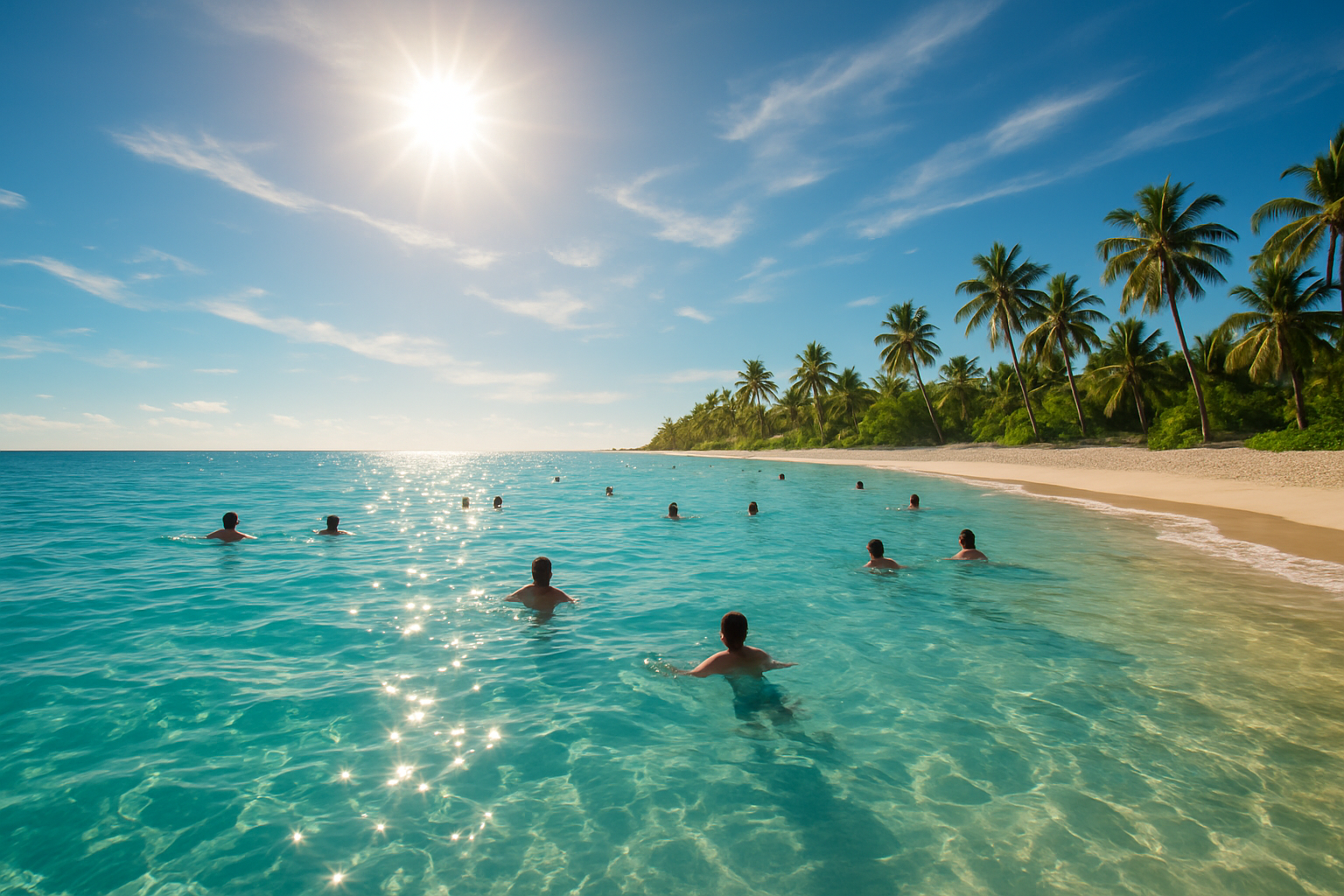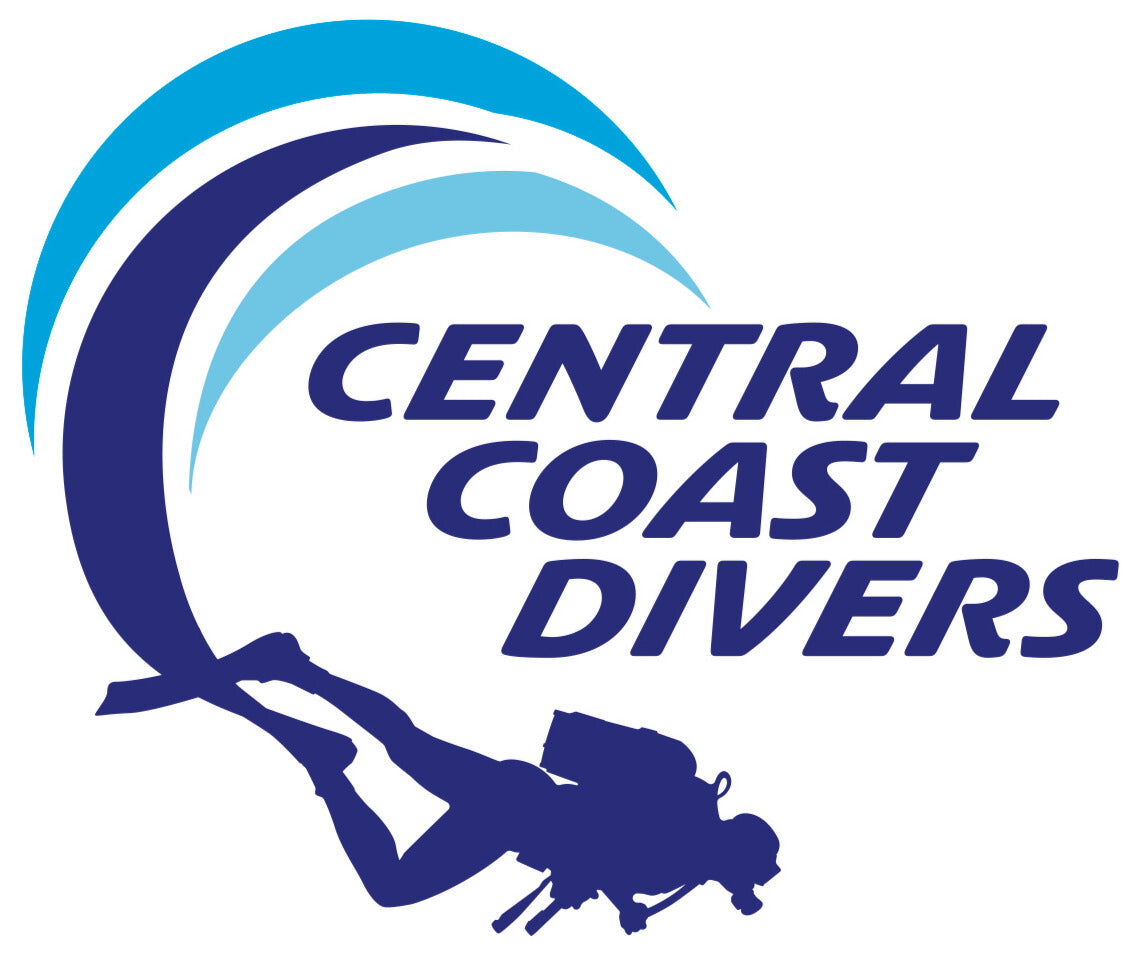
Average Central Coast Ocean water temperatures
Here’s a detailed look at what “average ocean temperatures” and “diving conditions” are like off the NSW Central Coast, and what impacts them.
Average Sea / Ocean Temperatures
From the available data:
Trends to note:
-
Sea temperatures off NSW, including the Central Coast, have been gradually warming over decades (on the order of ~0.8 °C increase since 1960s) due to climate change / oceanic currents.
-
Daily and site‐to‐site variation can be large, depending on depth, shading, exposure to currents, etc. Rainfall (especially heavy rain upstream) can lower local temps or cause fresh-water influx. Swell, mixing, etc., also matters.
Diving Conditions: Key Factors
To understand what diving is like, several things matter beyond just temperature. Here are the main factors and how they tend to play out on the Central Coast.
| Condition | Typical / Expected Values & Notes |
|---|---|
| Visibility (“viz”) | Generally ranges from 10-25 metres under good conditions. Visibility tends to be better after periods without heavy rain, less swell, in calmer seas. After storms, visibility can drop sharply due to sediment, runoff, and wave agitation. |
| Water Clarity | Rock reefs, ledges, sandy patches are common. Some spots are well sheltered, others exposed. Tidal movement and swell increase turbidity. Places like Norah Head are known for relatively calm and clearer water for freediving. |
| Temperature Effects on Gear | Because water can get down to ~15-18 °C in winter, divers typically use thicker wetsuits (5-7 mm) or even drysuits in colder months. In summer, a 3-5 mm suit is often adequate. Central Coast Divers |
| Seasonal Variability | Summer offers warmer water, more benign conditions, longer daylight, generally calmer seas. Winter brings cooler water, more frequent storms or swell, possibly more challenging visibility and safety (waves, wind). Spring and autumn can be mixed: may get calm, warm spells, but also residual winter conditions or early summer storms. |
| Currents, Swells, Tides | Can be strong in exposed headlands or reef edges. Tidal flows, especially around inlets or channels, can cause drift and affect safety. Swells from the open Tasman Sea especially on exposed coasts affect wave size and underwater turbulence. Wind direction (onshore/offshore), recent weather, and sea state all influence diving comfort and safety. |
| Marine Life & Habitat | Rocky reefs, kelp beds, sandy bottoms, sometimes small ledges. Marine biodiversity is reasonable: fish, rays, invertebrates. Macro-life visibility tends to improve with good viz. Storms can disturb sediment and reduce life visibility temporarily. |
What That Means in Practice: Diving Tips + What to Expect
-
Suiting Up: In summer, divers usually get by with a wetsuit around 3-5 mm. In winter or in colder spots, 5-7 mm or a drysuit is better for comfort and safety.
-
Best Seasons: For warm water + good visibility, late spring through summer is usually the best. Autumn can also be excellent. Winter diving is possible but colder, and you’ll want proper gear and shorter bottom times.
-
Site Selection: Sheltered sites (coves, bays, reefs shielded from prevailing swells) will give better visibility and calmer water. Exposed headlands might have more current, bigger swell, rougher entry/exit.
-
After Rain: Be cautious after heavy rain – runoff can reduce visibility significantly, bring sediments, pollutants, and reduce water quality.
-
Checking Conditions: Before diving, check local marine weather forecasts (sea surface temps, swell, wind), visibility reports (from local dive shops / community logs), tide tables, and water quality reports.
Average Ocean water temperatures
January 23.5
February. 24
March 23.5
April 23
May 21
June 18.5
July 18
August 17
September 18
October 19.5
November 21
December 22.5
DIVE CONDITIONS / CENTRAL COAST SURFACE CONDITION RATING
Score Conditions
1 NO WIND, NO SWELL!! These conditions occur around 10 days each year
2 Light winds, small swell. These conditions occur around 70 days each year
3 Light winds, moderate swell.
4 Light winds, large swell
5 Moderate winds, small swell
6 Moderate winds, moderate swell
7 Moderate winds, large swell (Experienced divers only)
8 Strong winds, small swell (Experienced divers only)
9 Strong winds, moderate swell (Diving cancelled)
10 Strong winds, large swell (Diving cancelled)
Central Coast Divers offer regular onsite video dive reports on Instagram and Facebook
Share
